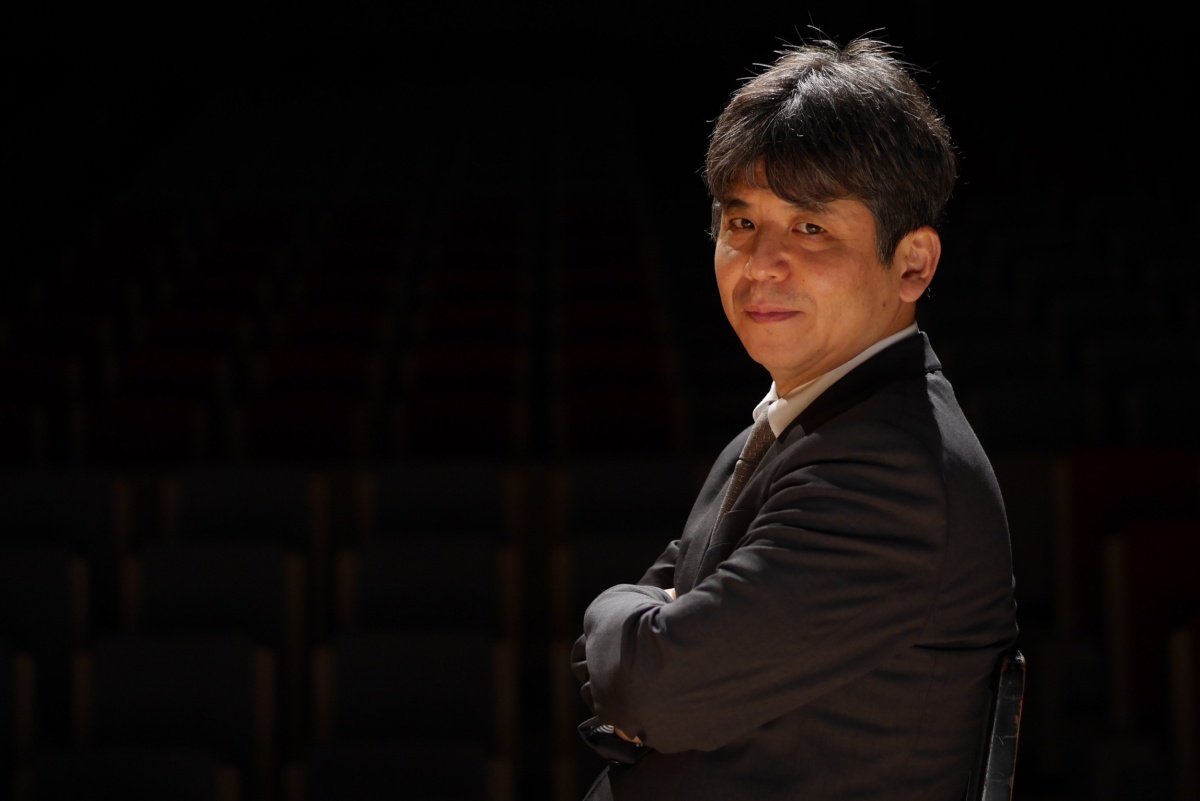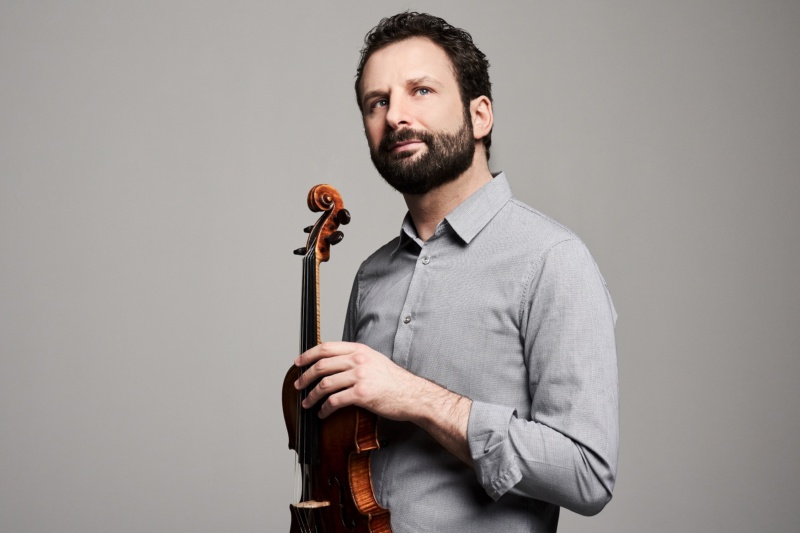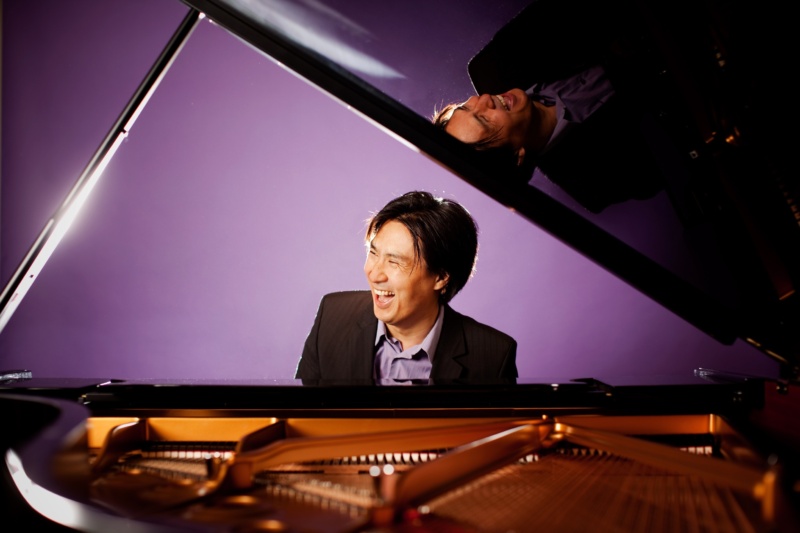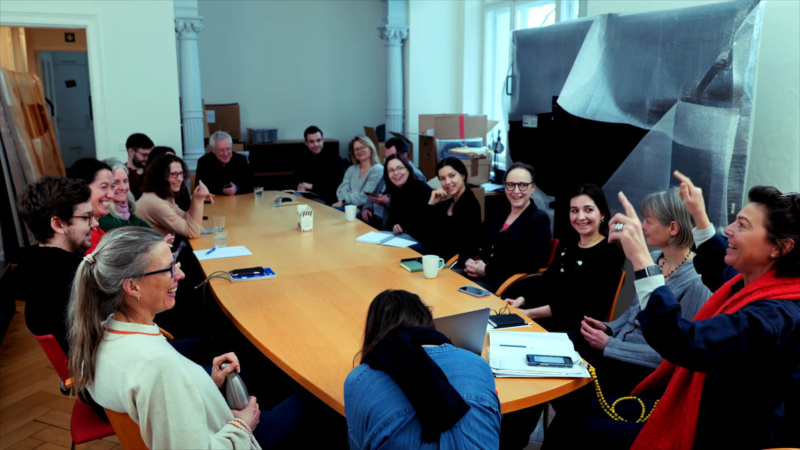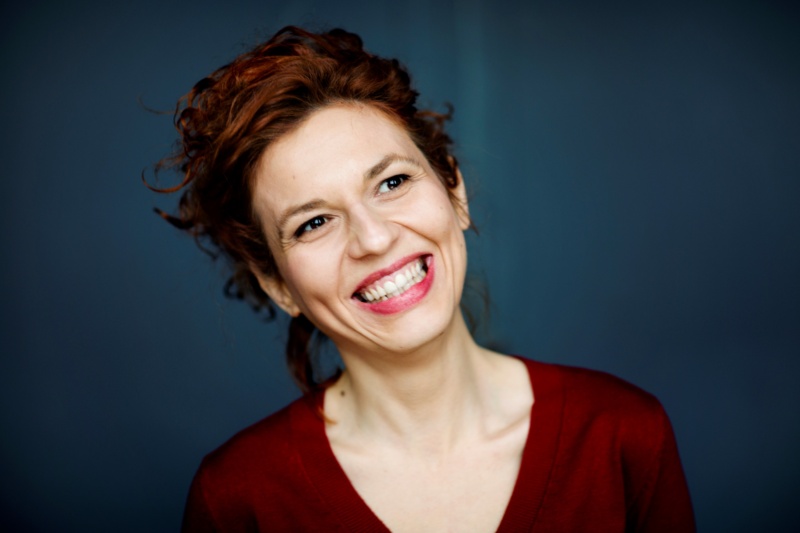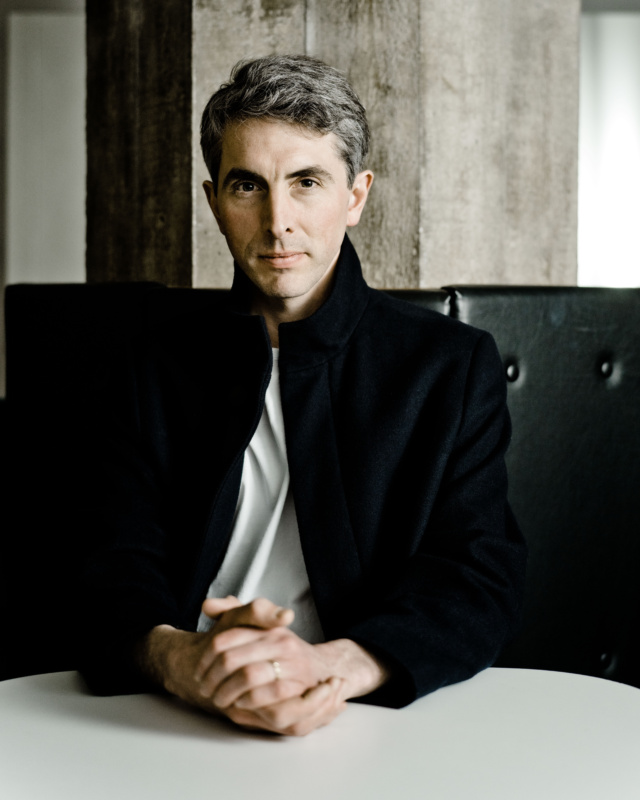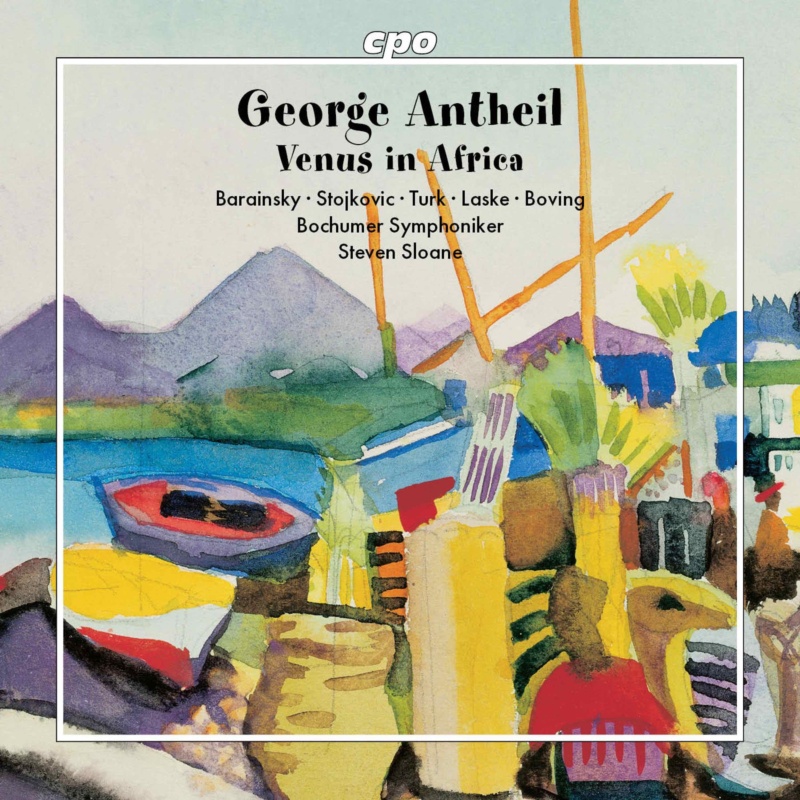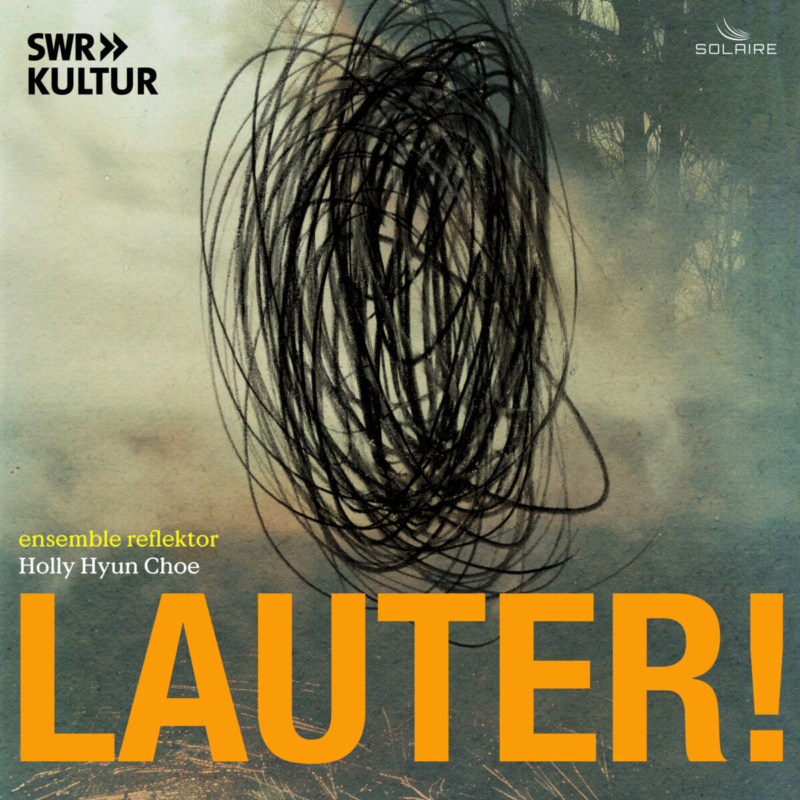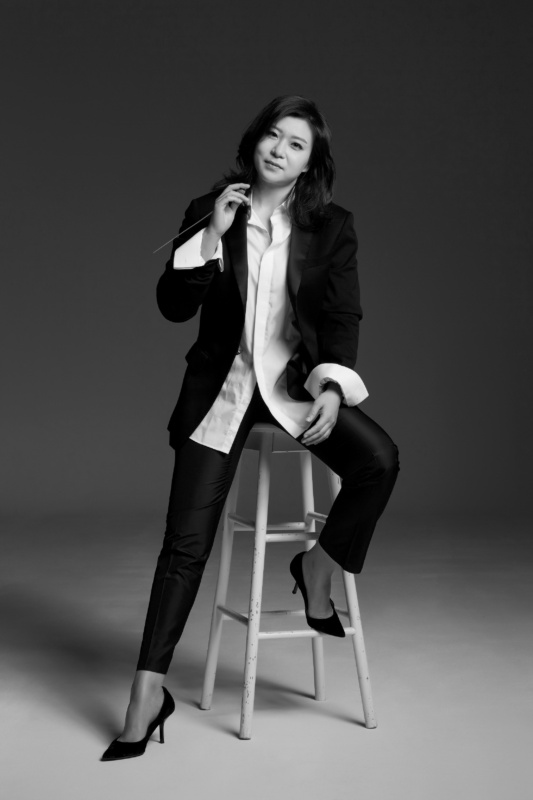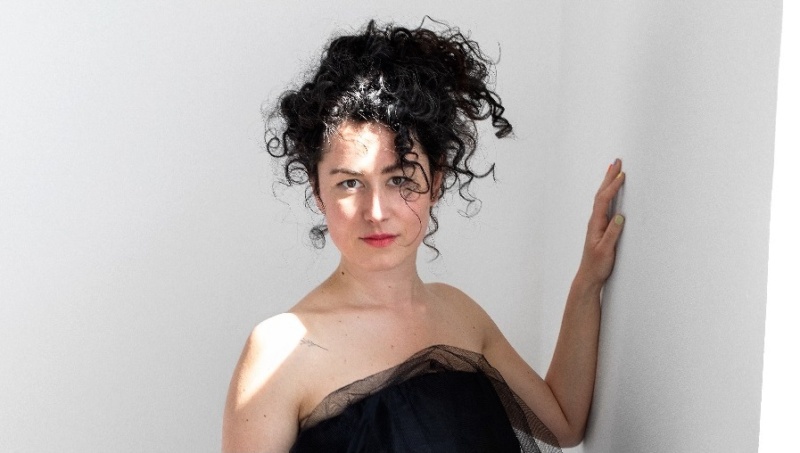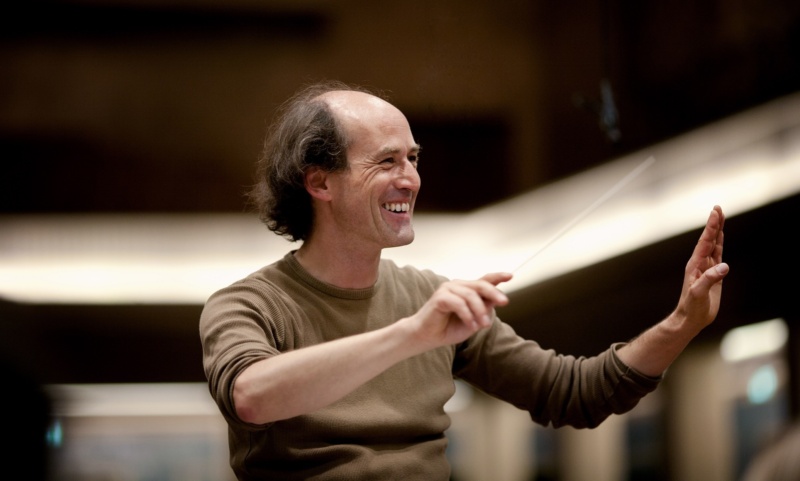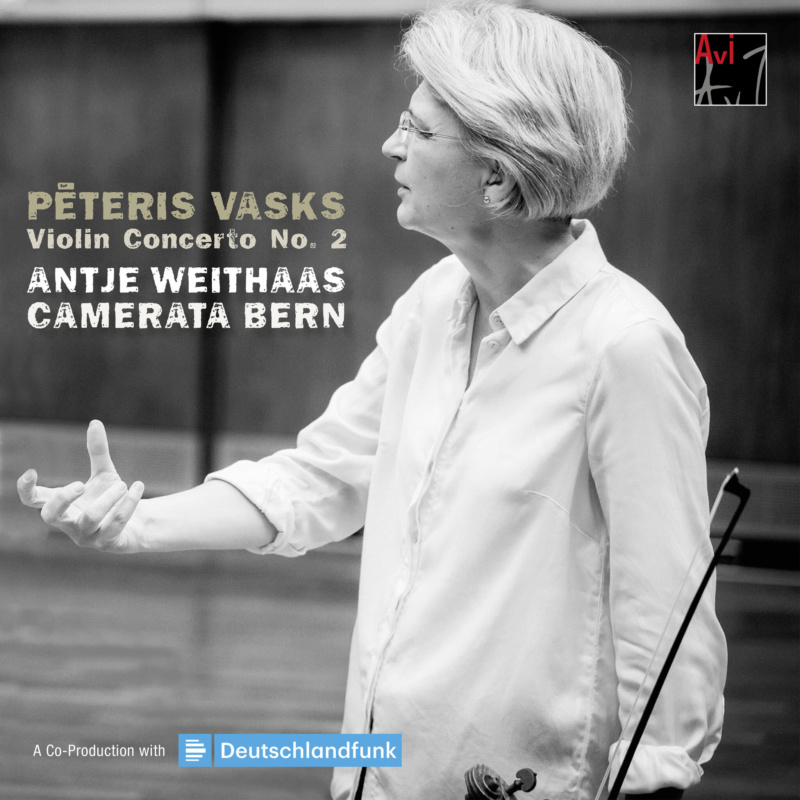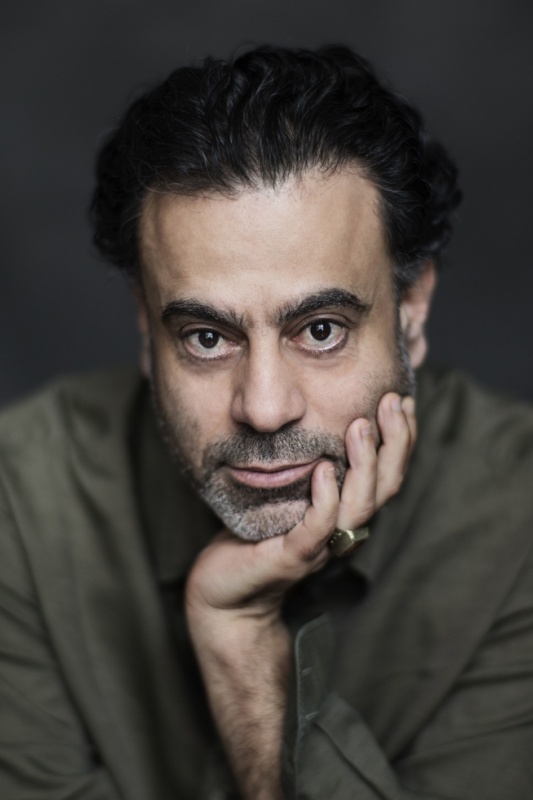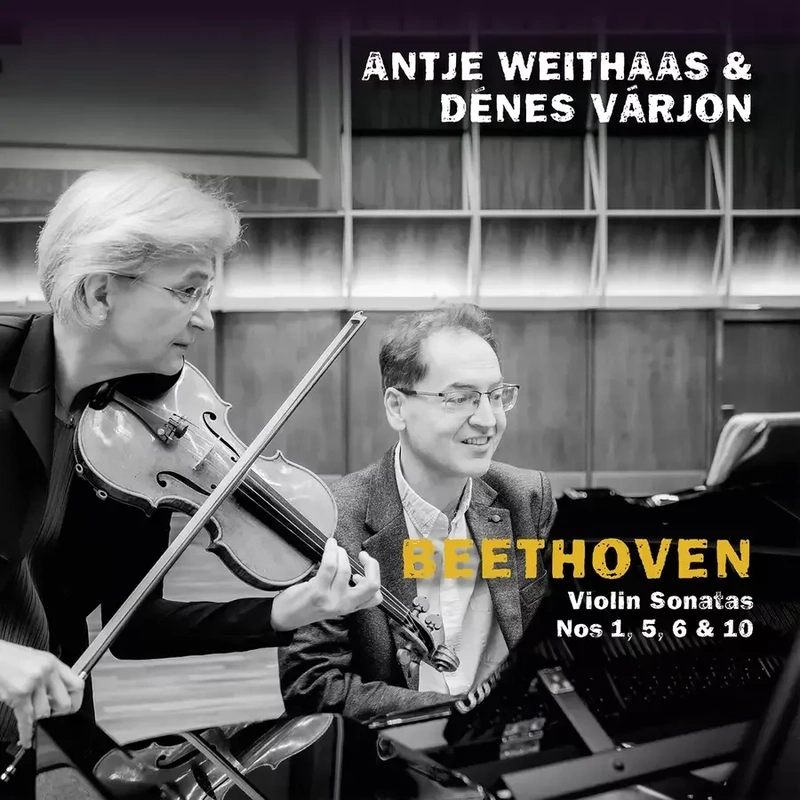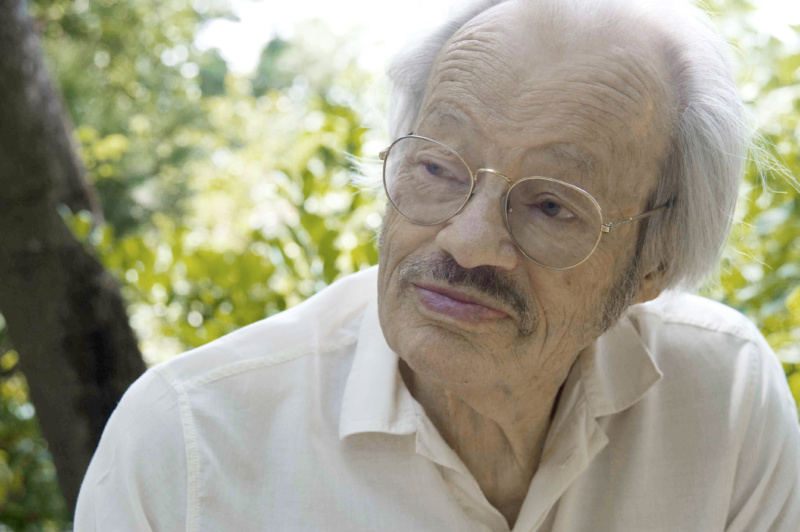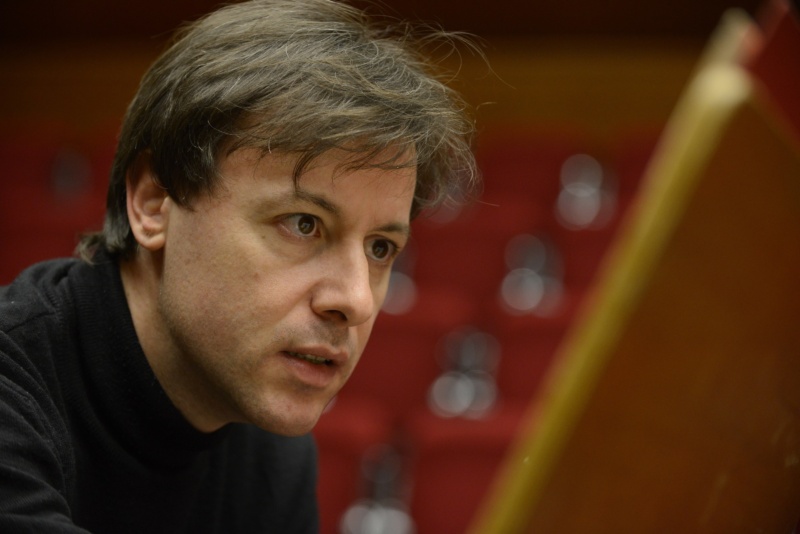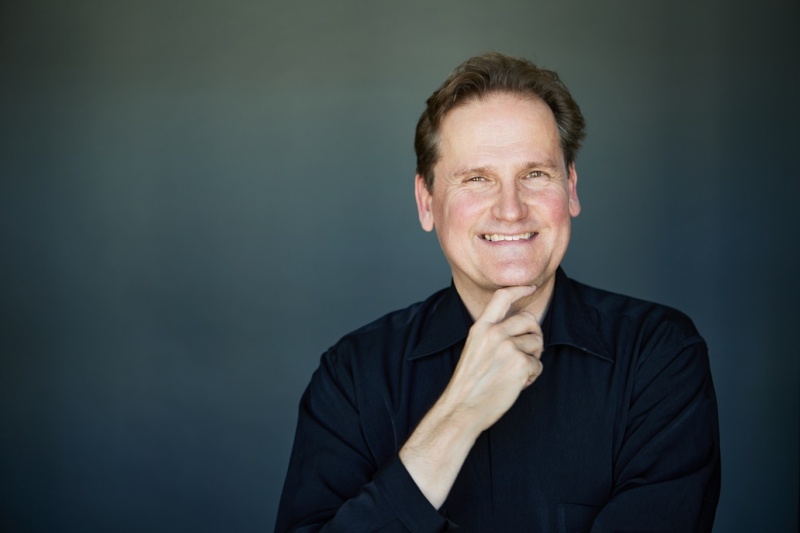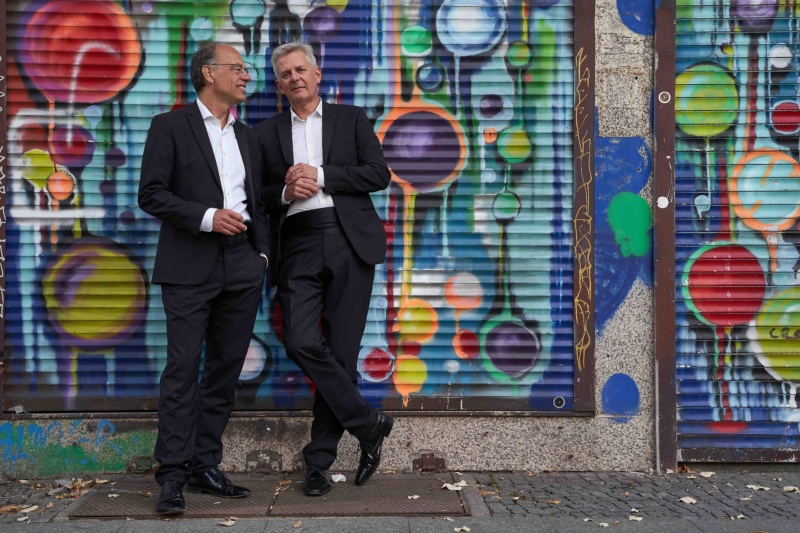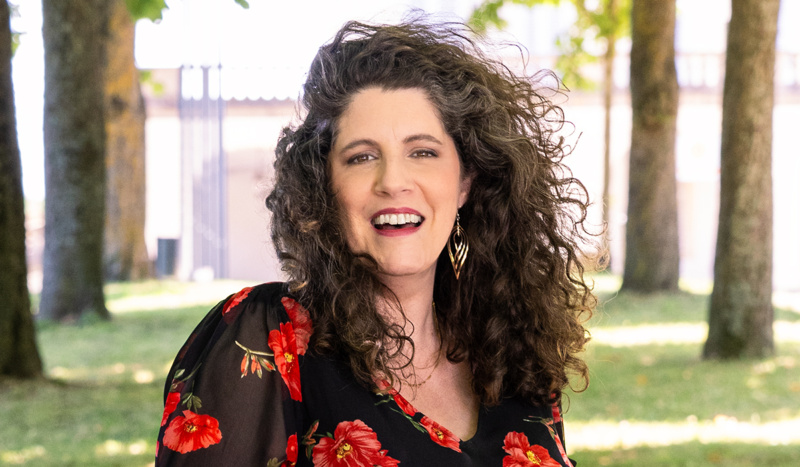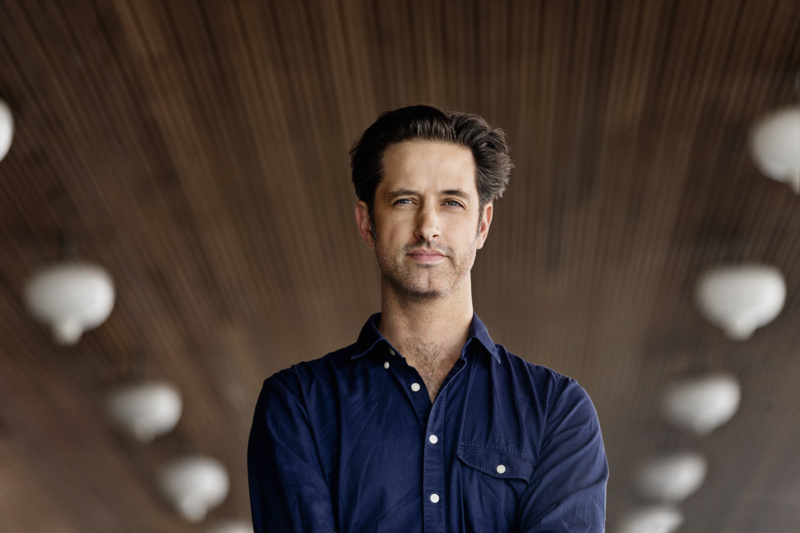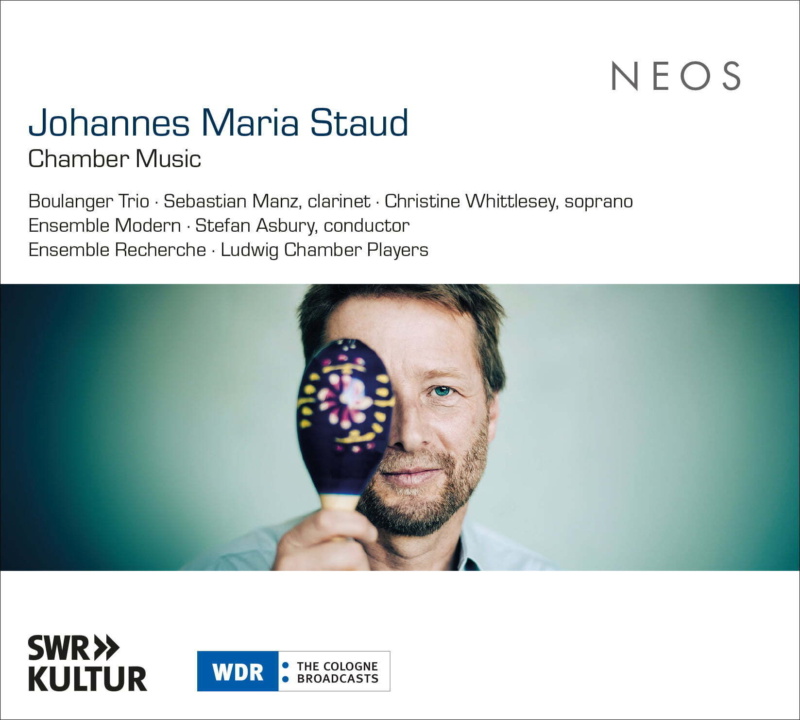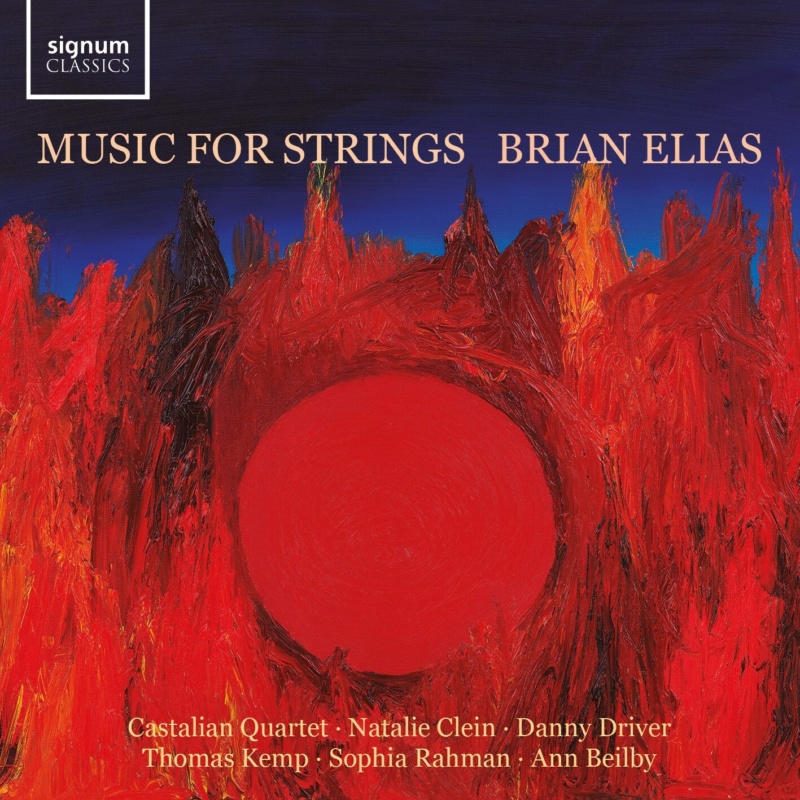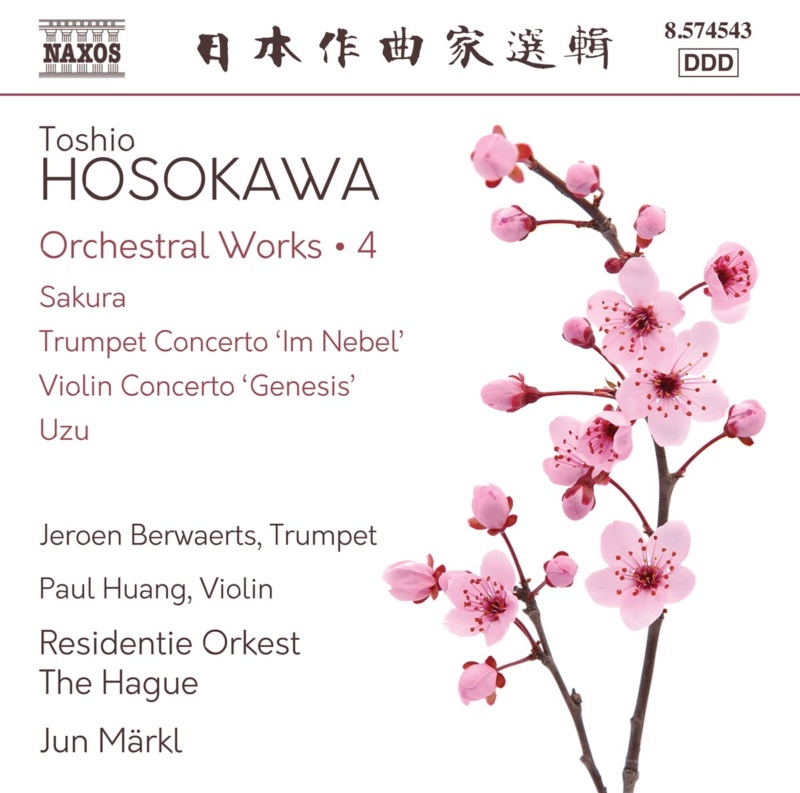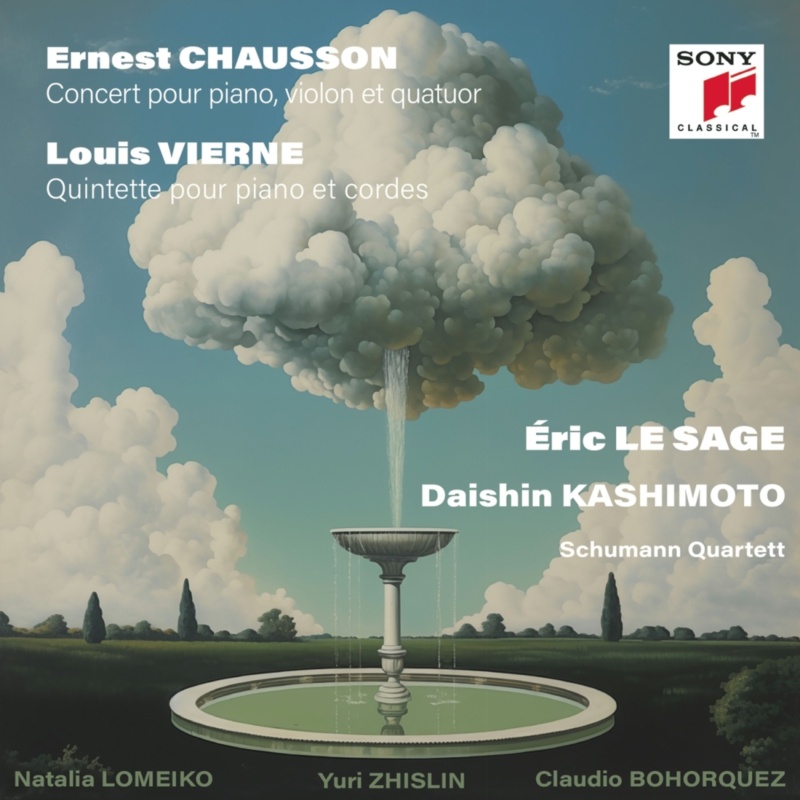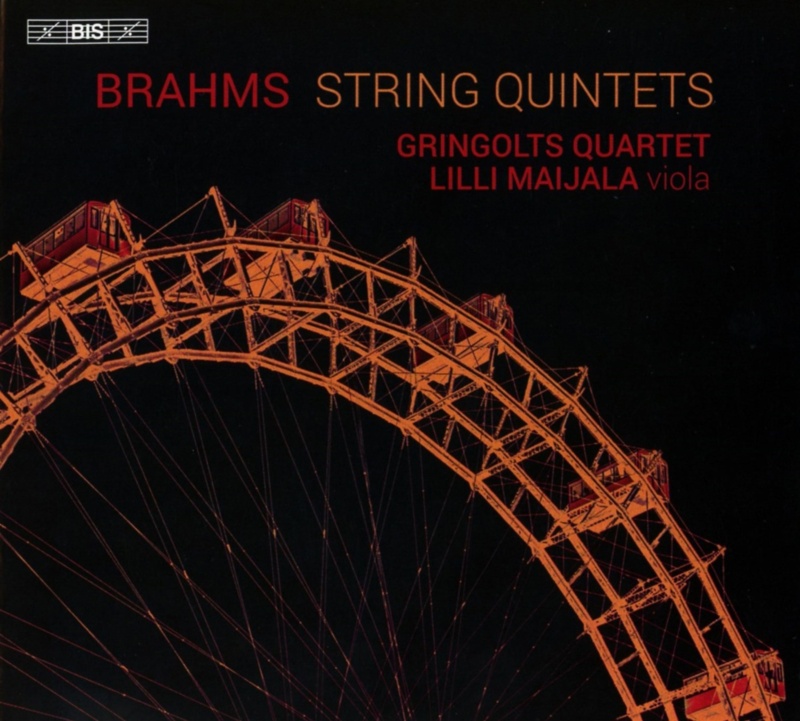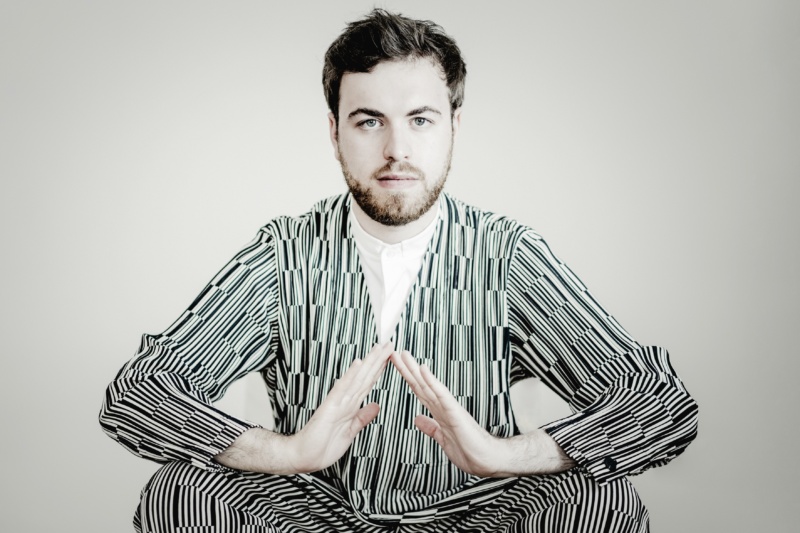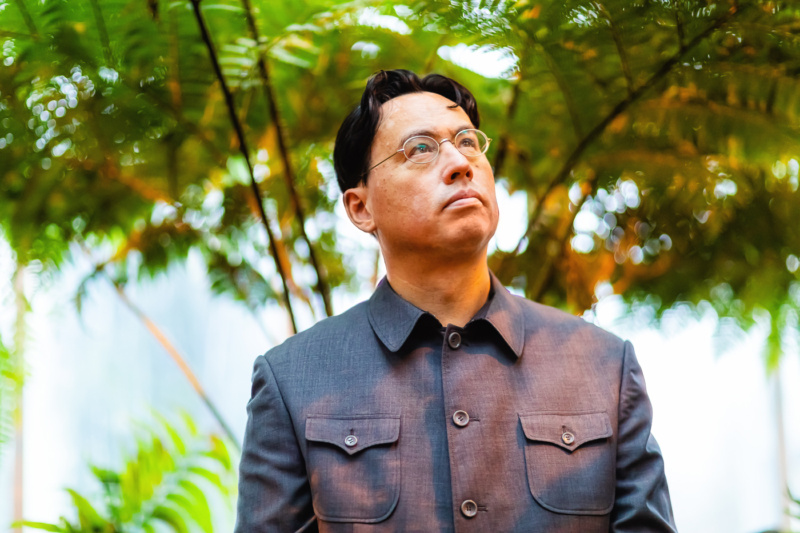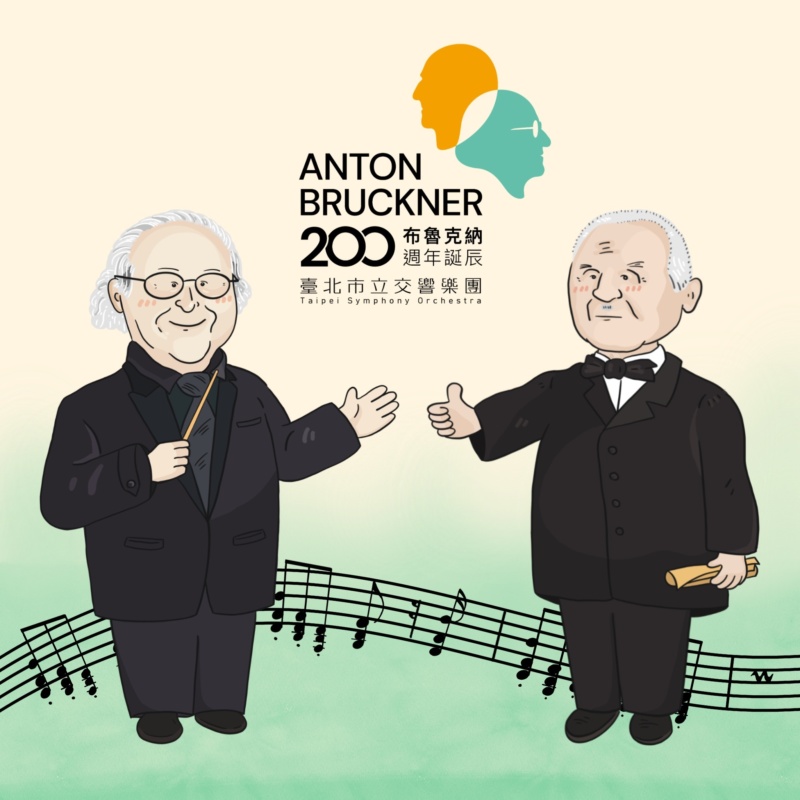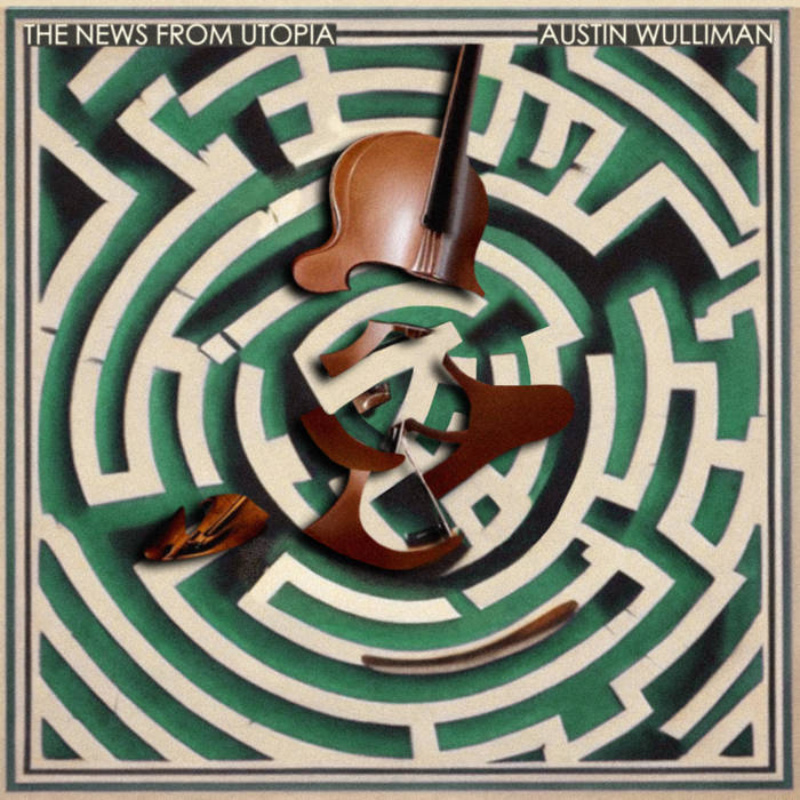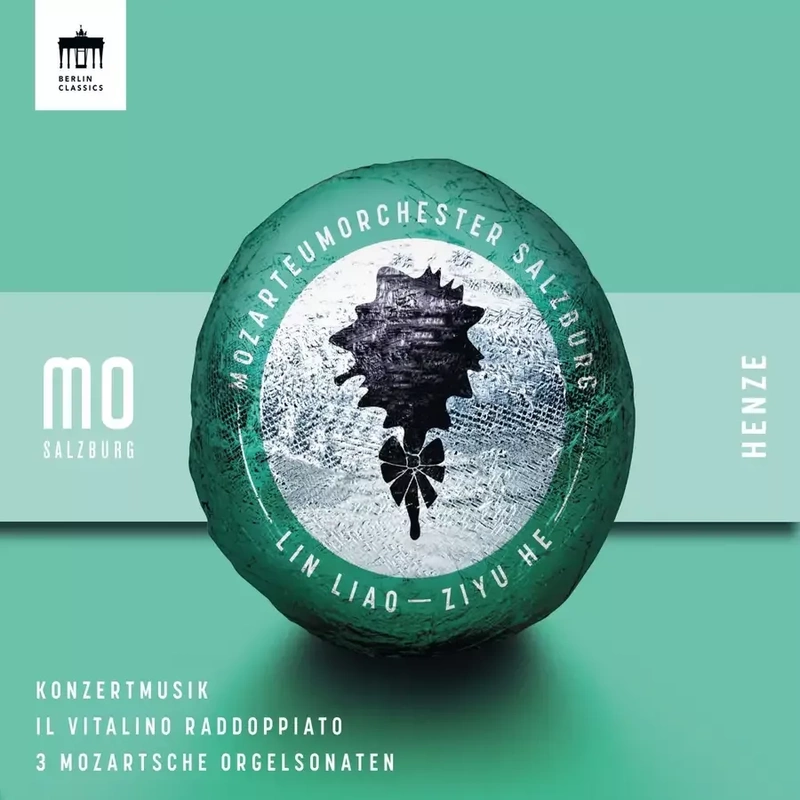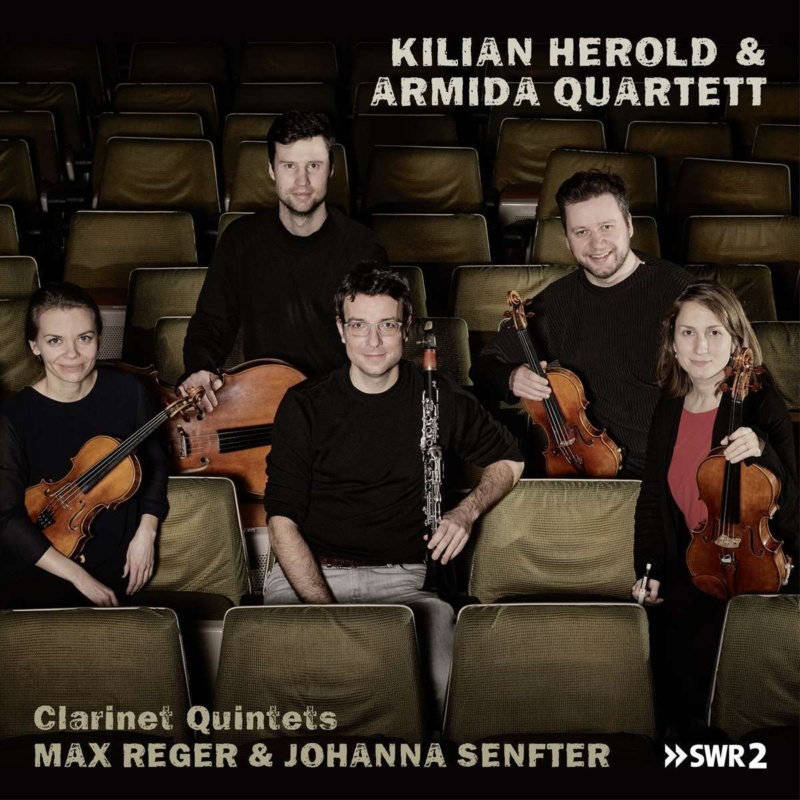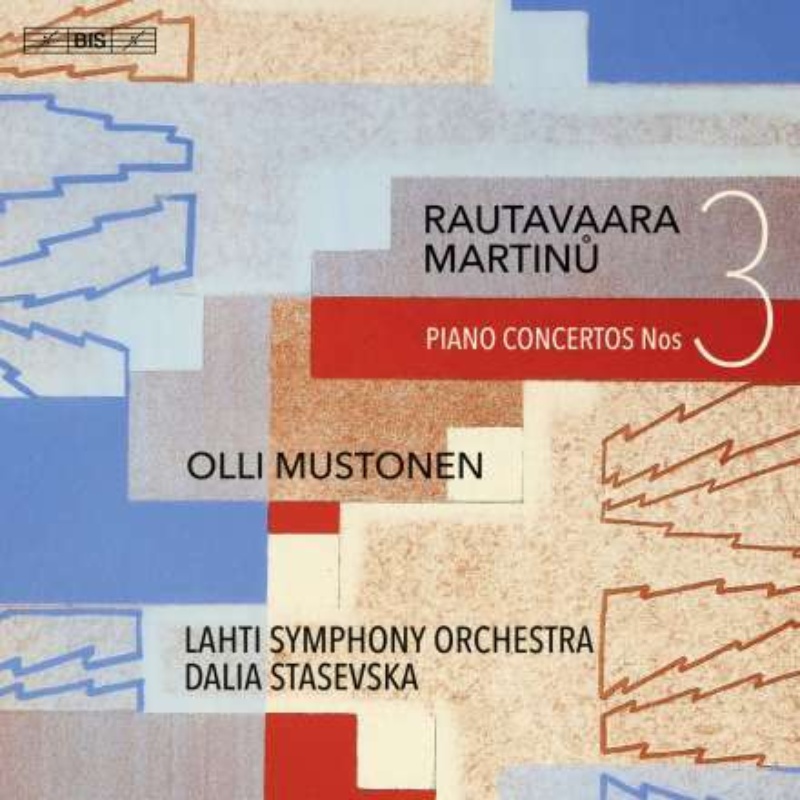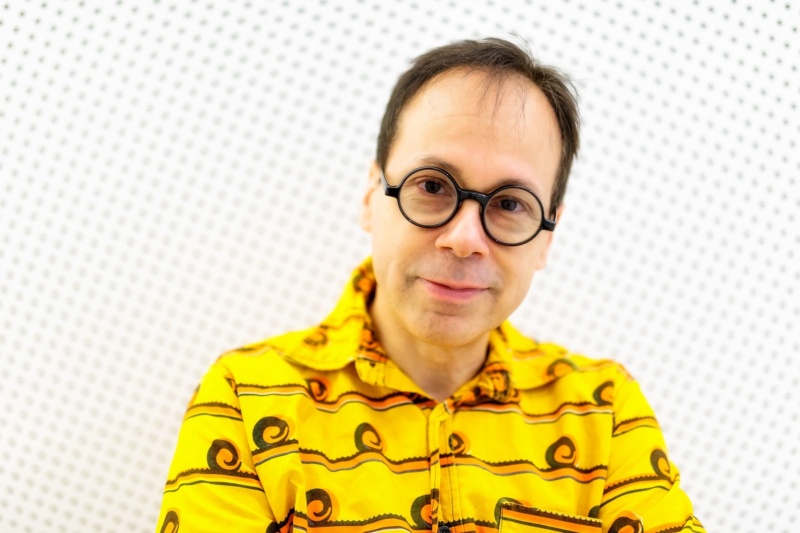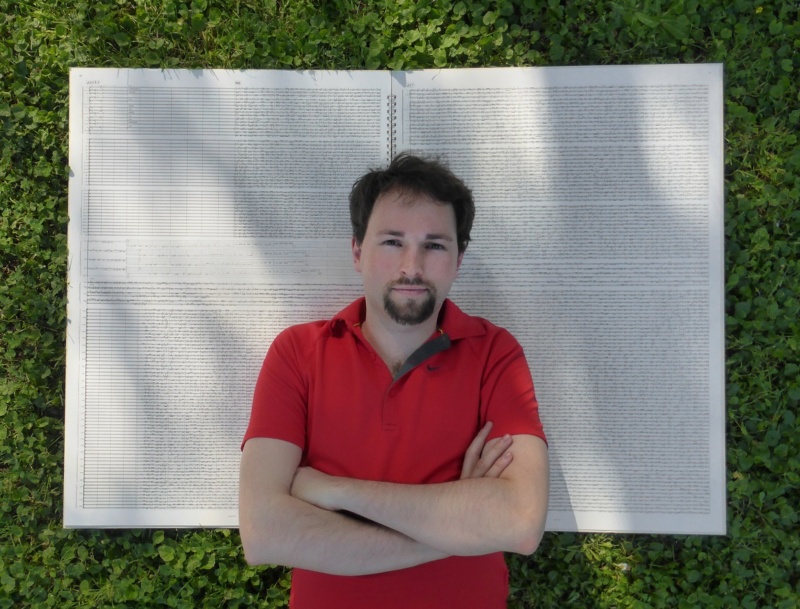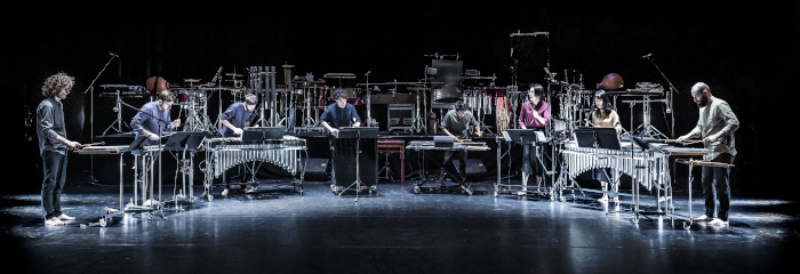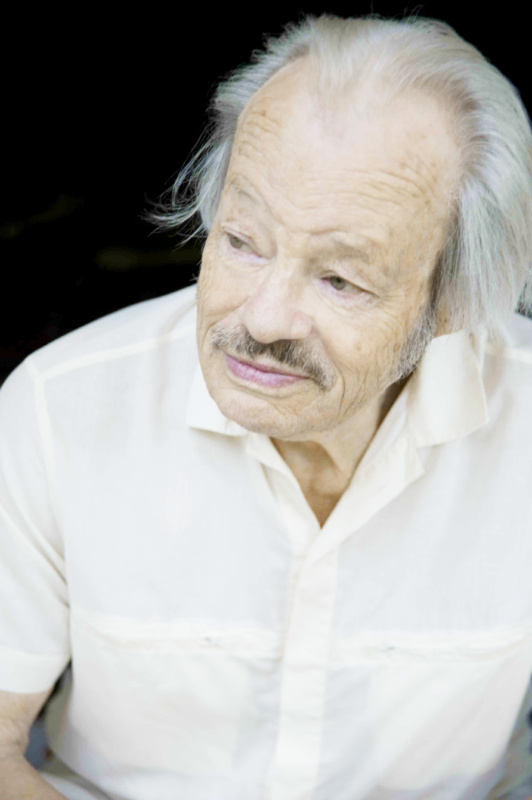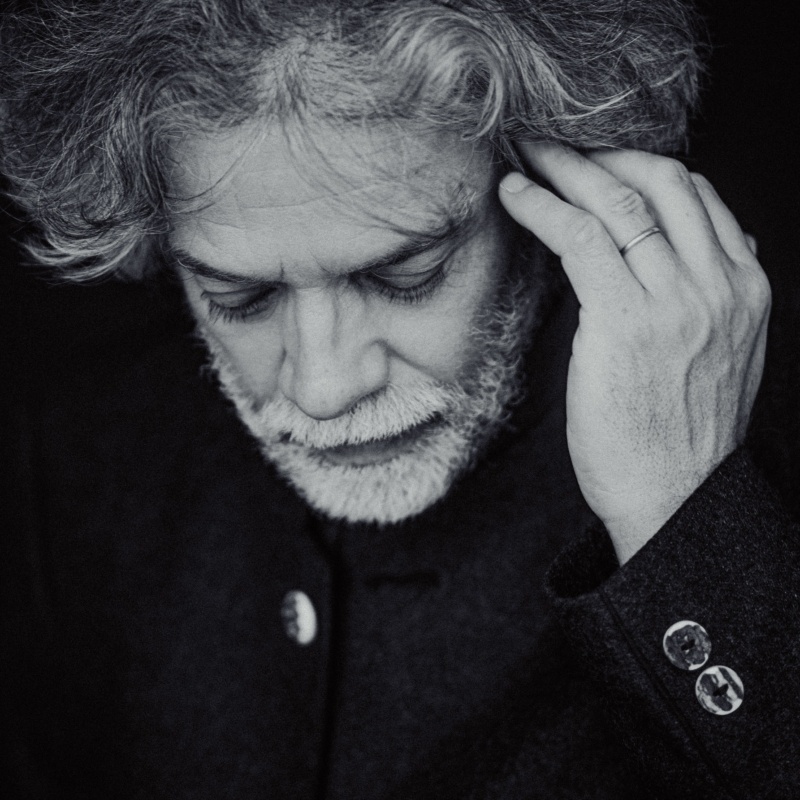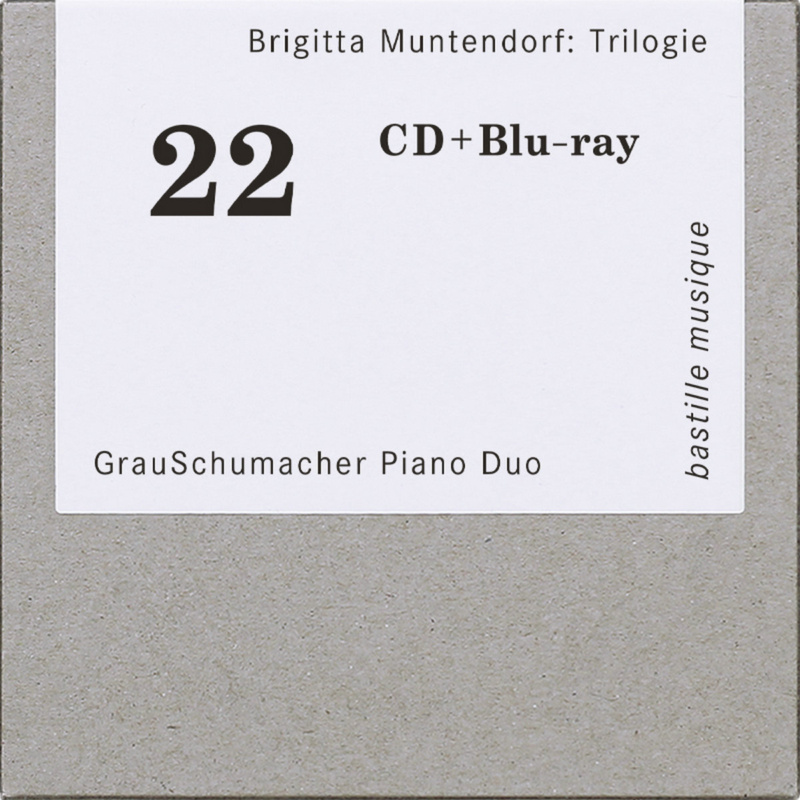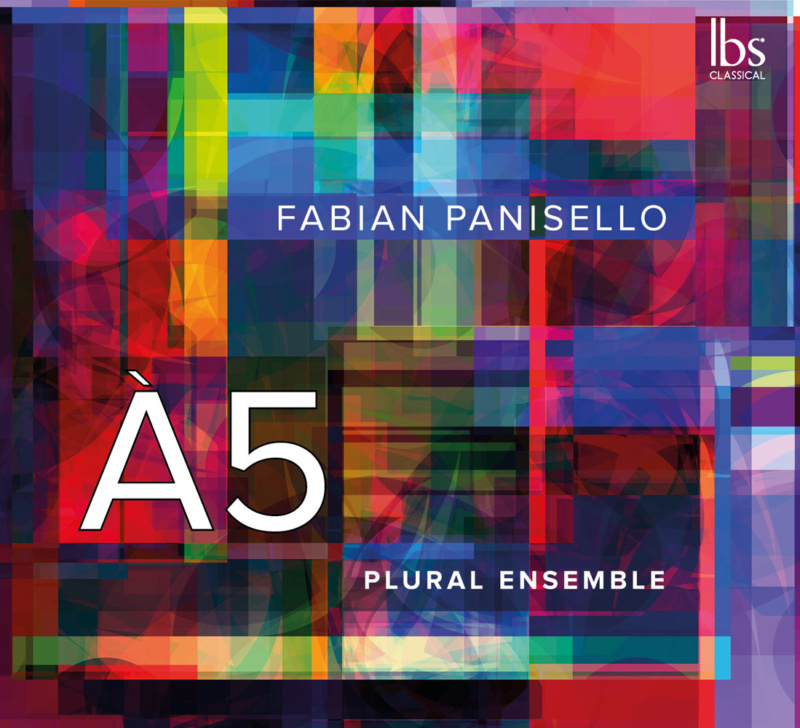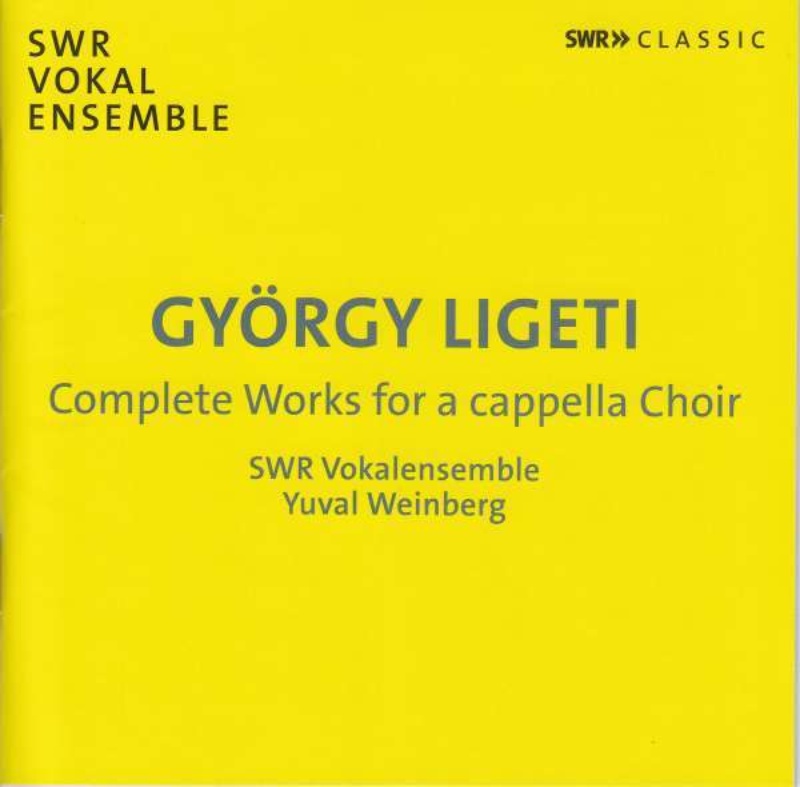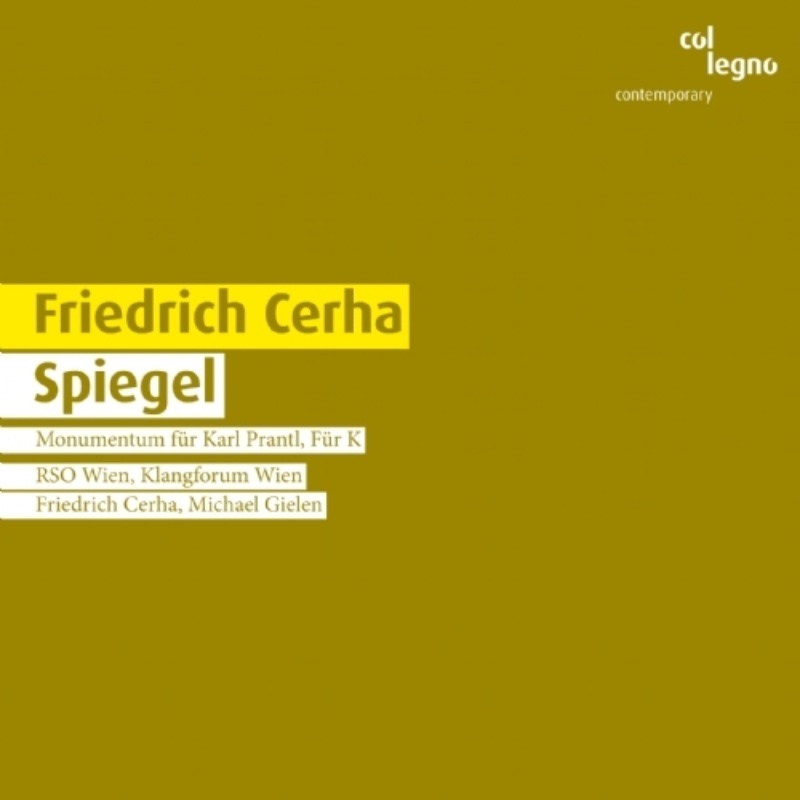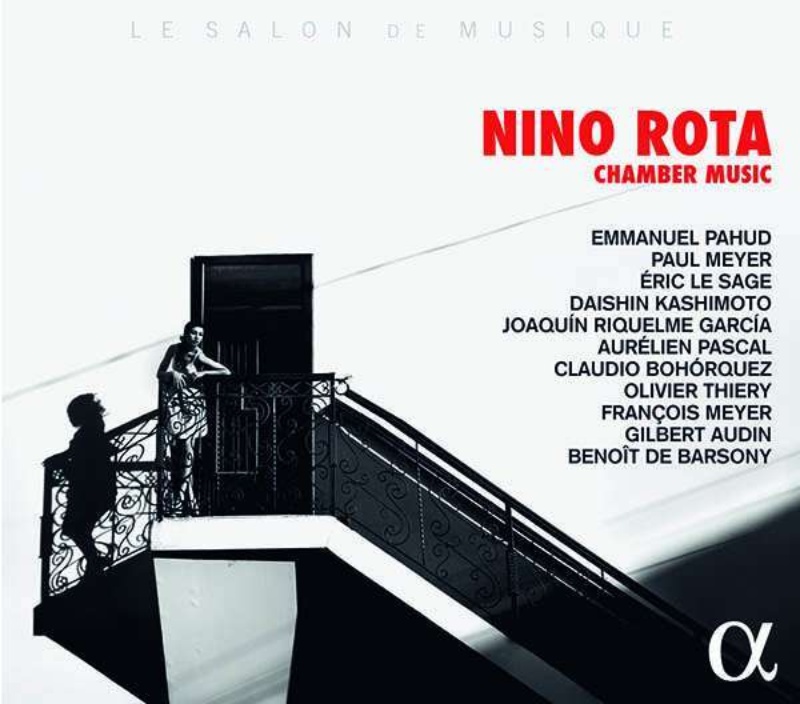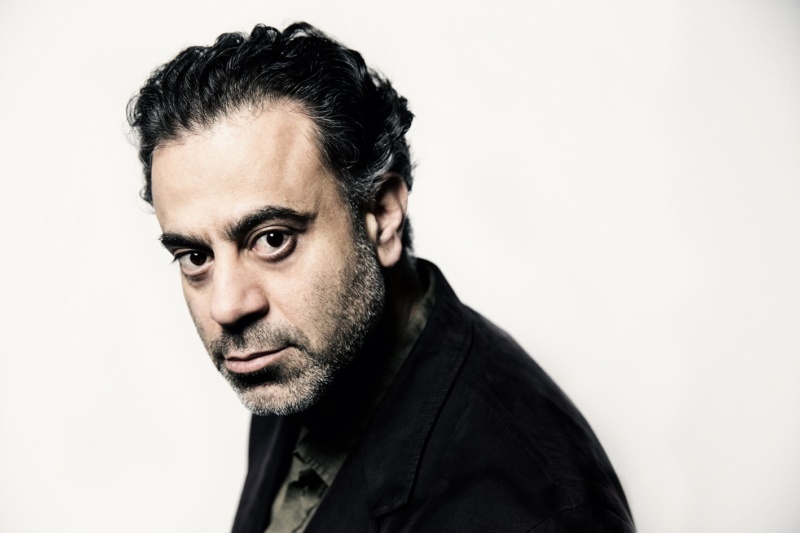The nuclear disaster in Fukushima gave a new dimension to the
composer’s work with the text, which itself was written about a natural
catastrophe in 1647, as documented in a film of the production team’s trip to the disaster zone. Toshio Hosokawa’s 2016 opera Stilles Meer was his own reaction to these events, which was revived in Hamburg this year.
The composer has often referred back to material from Noh theatre, for example in his earlier operas Hanjo (2004) and Matsukaze (2011).
This new opera is also connected to this tradition, although not
immediately obvious in the Stuttgart production, as Toshio Hosokawa
explains in this text.
In Noh theatres there is narrow bridge-like structure called a Hashigakari,
which Noh performers pass through to get to the main stage. Many Noh
stories are out-of-the-ordinary “dream stories”, where the main actor (Shite) acts as a ghost, passing through this “bridge” to get to the stage. There, the main actor (Shite)
narrates, sings and dances about the sorrow or regrets they experienced
whilst they were alive. The other performer takes the role of a priest,
who listens to this story, and thus the ghost is freed from its
deep-rooted trauma, and it can return to the other world, once again
passing through the “bridge”.
This basic structure of Noh, where the character travels back and forth
between the worlds of reality and the out-of-the-ordinary, is the kind
of opera experience I am looking to create. In other words, by
experiencing an extraordinary story, in this case opera, the audience
can have a deep experience through sounds and visuals that is separate
from their daily lives. Like the Hashigakari, music is an aural
bridge connecting this world and the next; dreams and reality. My
mission as a composer is to create a bridge of sound connecting dreams
and reality: a Hashigakari of sound.con conncting ccc
The libretto of Erdbeben. Träume by Marcel Beyer is based on the classic masterwork, The Earthquake in Chile by
Kleist, about a child whose parents were massacred and was brought up
by other parents, and who goes on a journey to find his real parents.
The child asks himself, “Where are my real parents,” and “who am I?” The
libretto suggests the child is suffering from a developmental speech
disorder. The opera Erdbeben. Träume is an aural and visual
journey, and also presents the child’s initiation rite, in which the
child prepares to become an adult through finding out where he came
from. This journey is not safe by any means, with the threat of danger
from the natural world (earthquakes and tsunamis) as well as from
humans. On the other hand, there is his parent’s love story and human
solidarity. The journey shows the human capacity for mass violence and
the ferocity of nature, but also the grace of nature.
My method of composing has always been to listen to a certain sound
deeply, go into that sound, and listen to its inner sounds. In this
opera, you can follow the development of these inner sounds, which
creates a tunnel of sound that displays kaleidoscope-like aspects
through its constant transformation. In this tunnel, however, there are
monsters as well as chasms of silence. Various voices resonate, and the
chorus expresses the world of the unconscious. I want the audience to
join in this aural initiation rite, go through this tunnel of sound with
this child who cannot speak – as well as crossing over the Hashigakari of sound, where characters pass between dreams and reality.
Toshio Hosokaw, 2018
